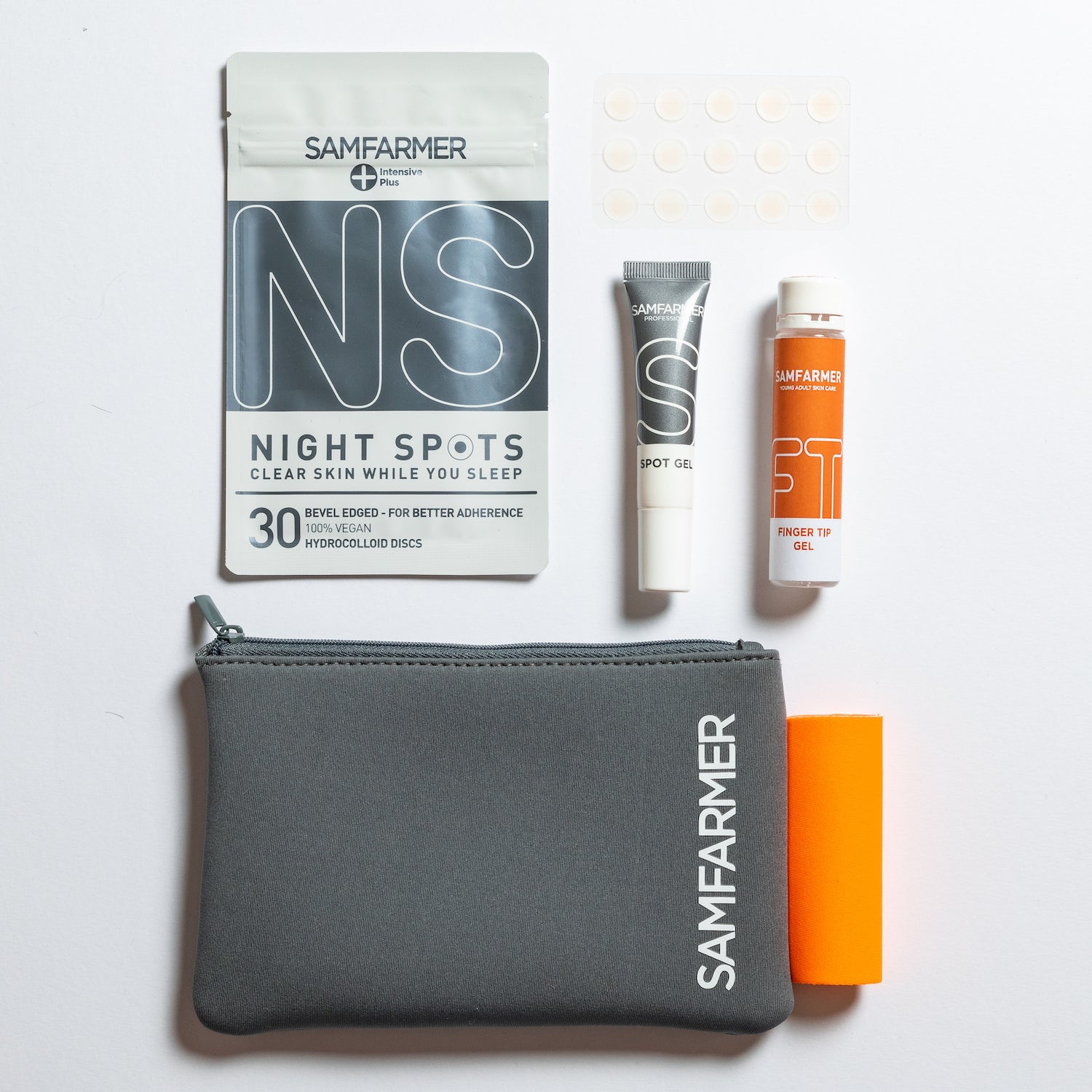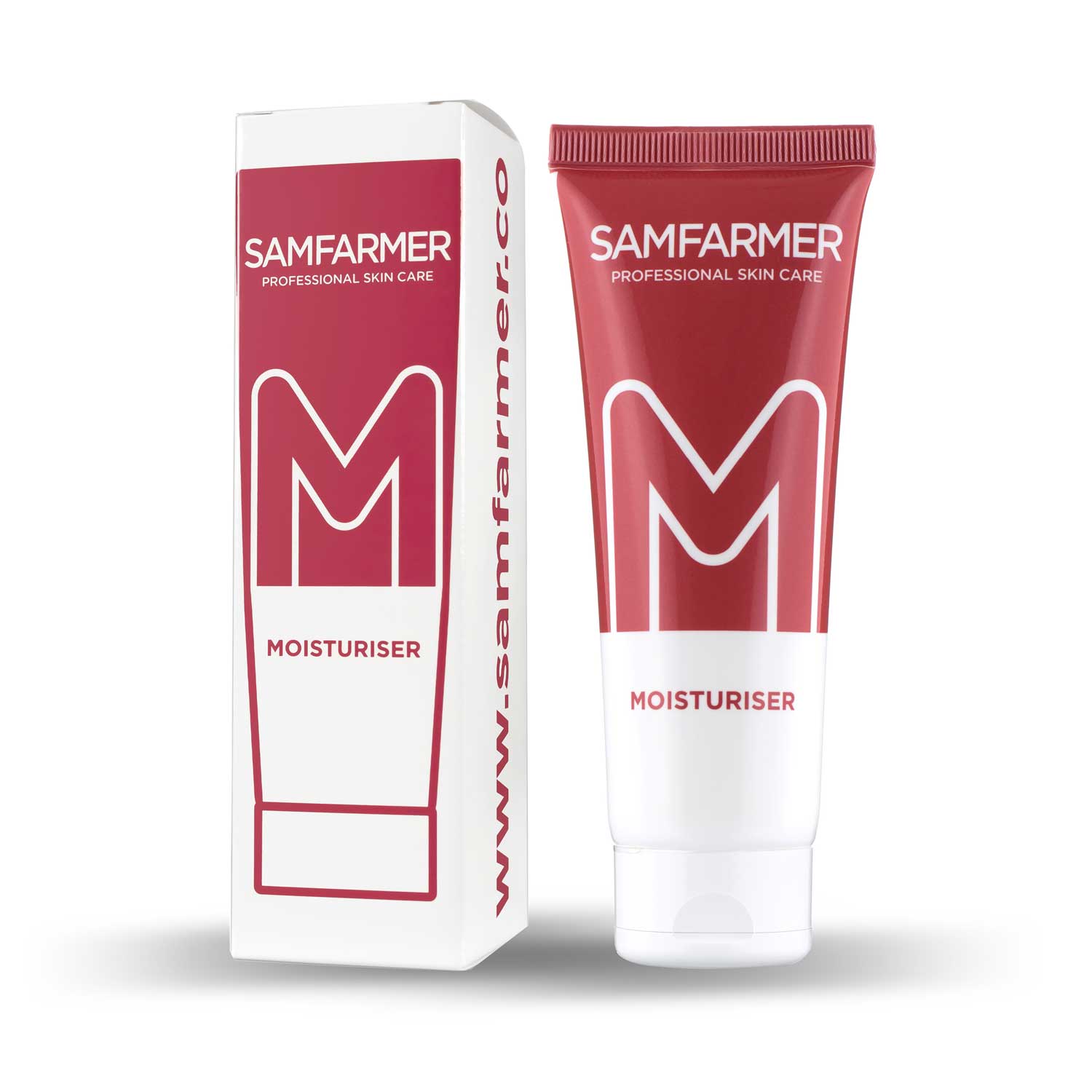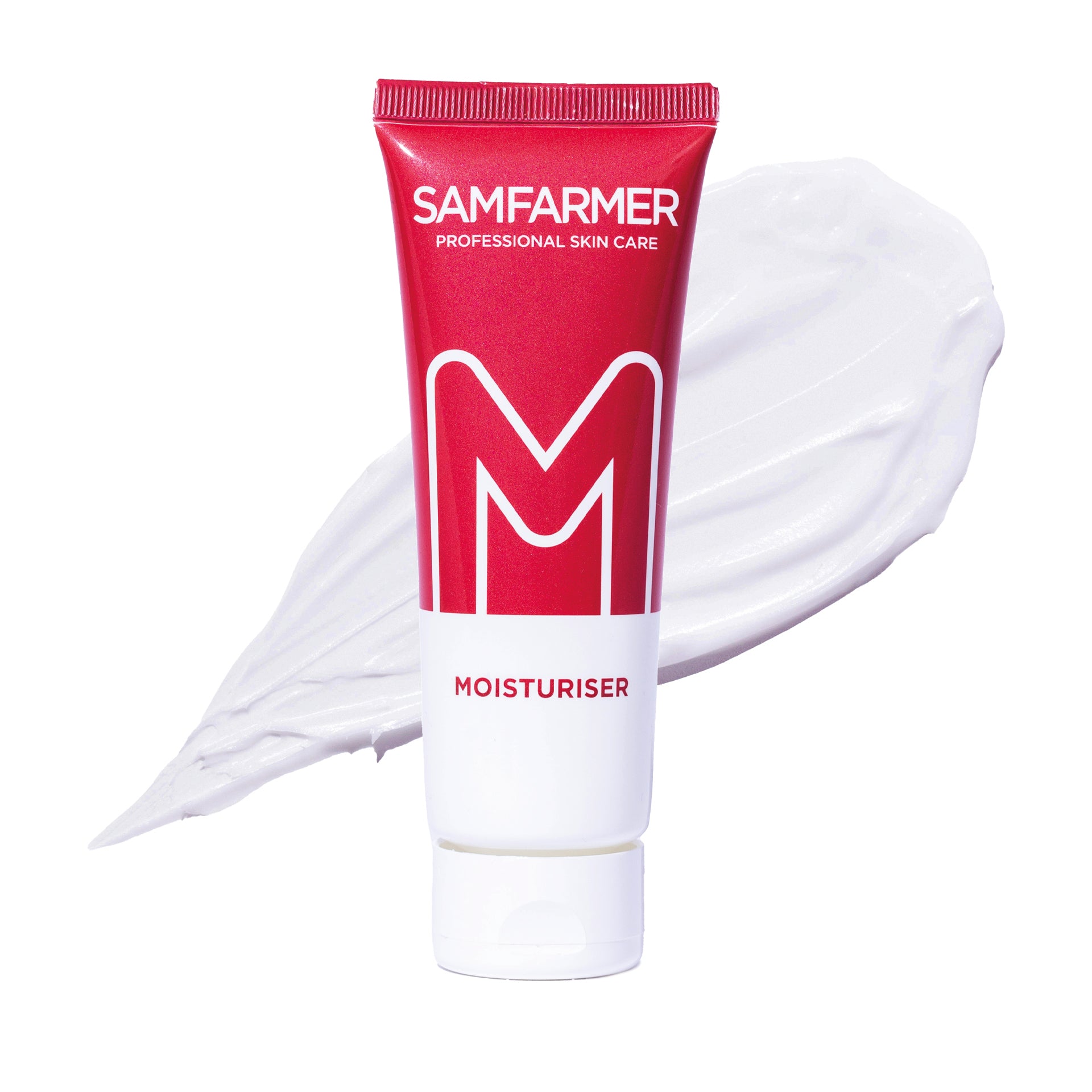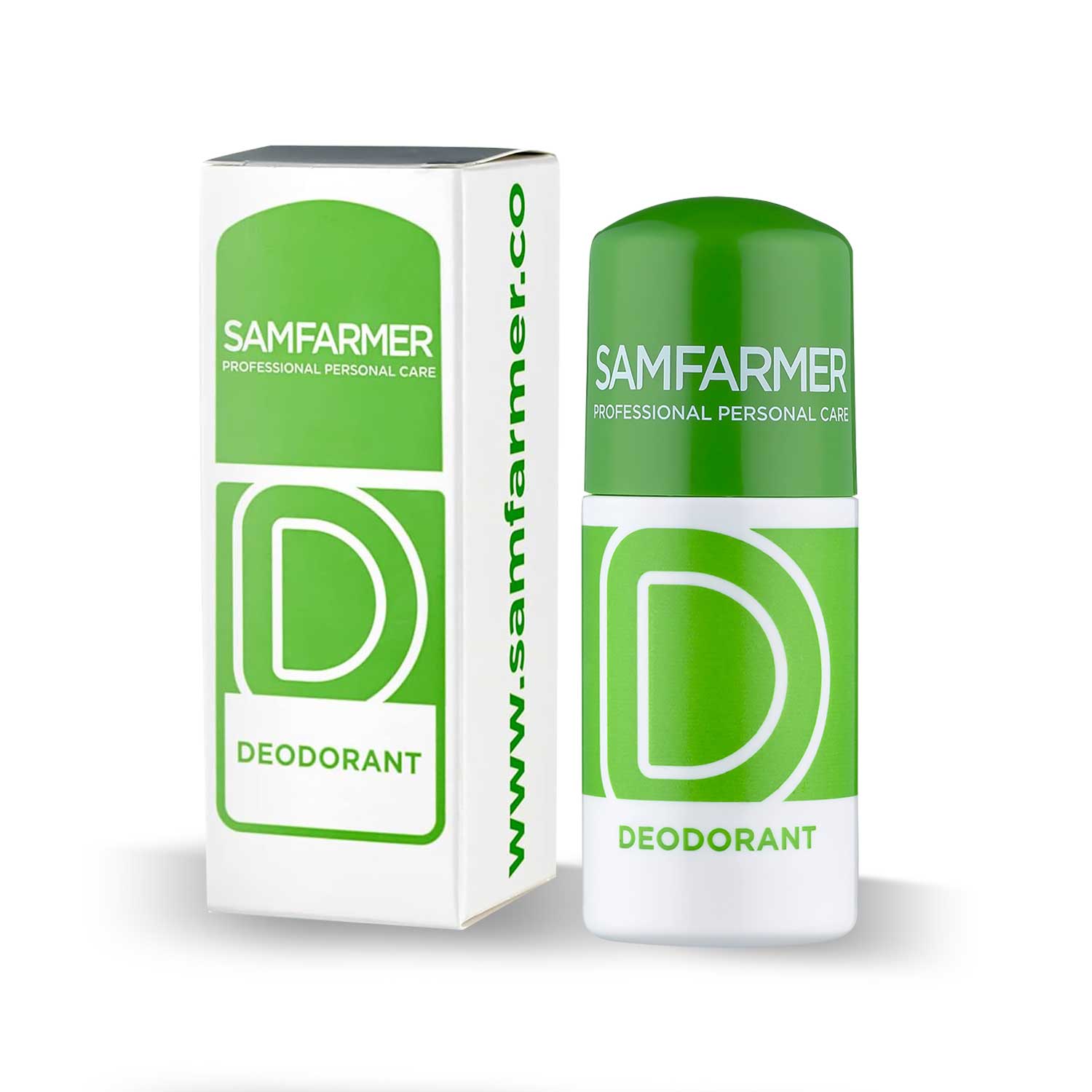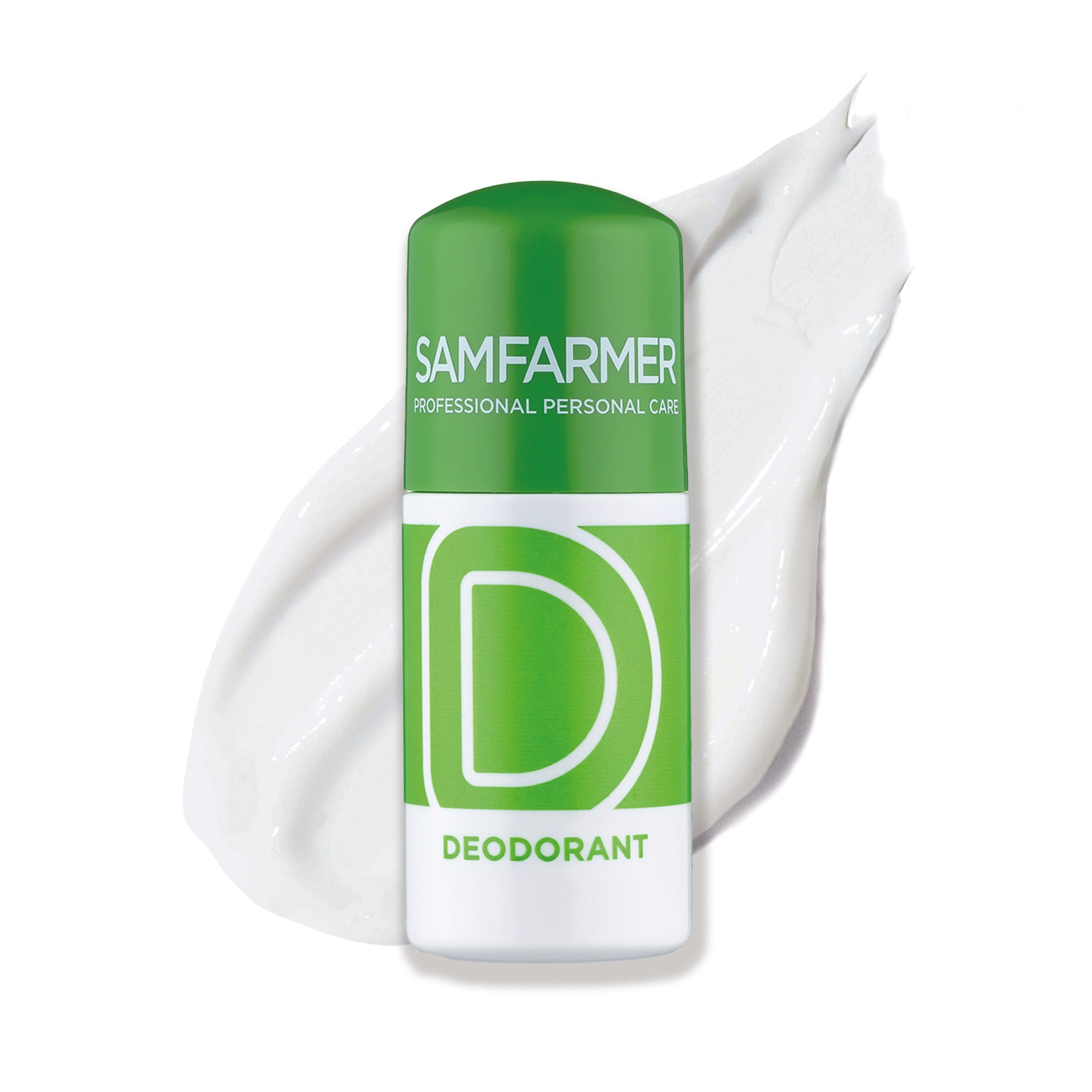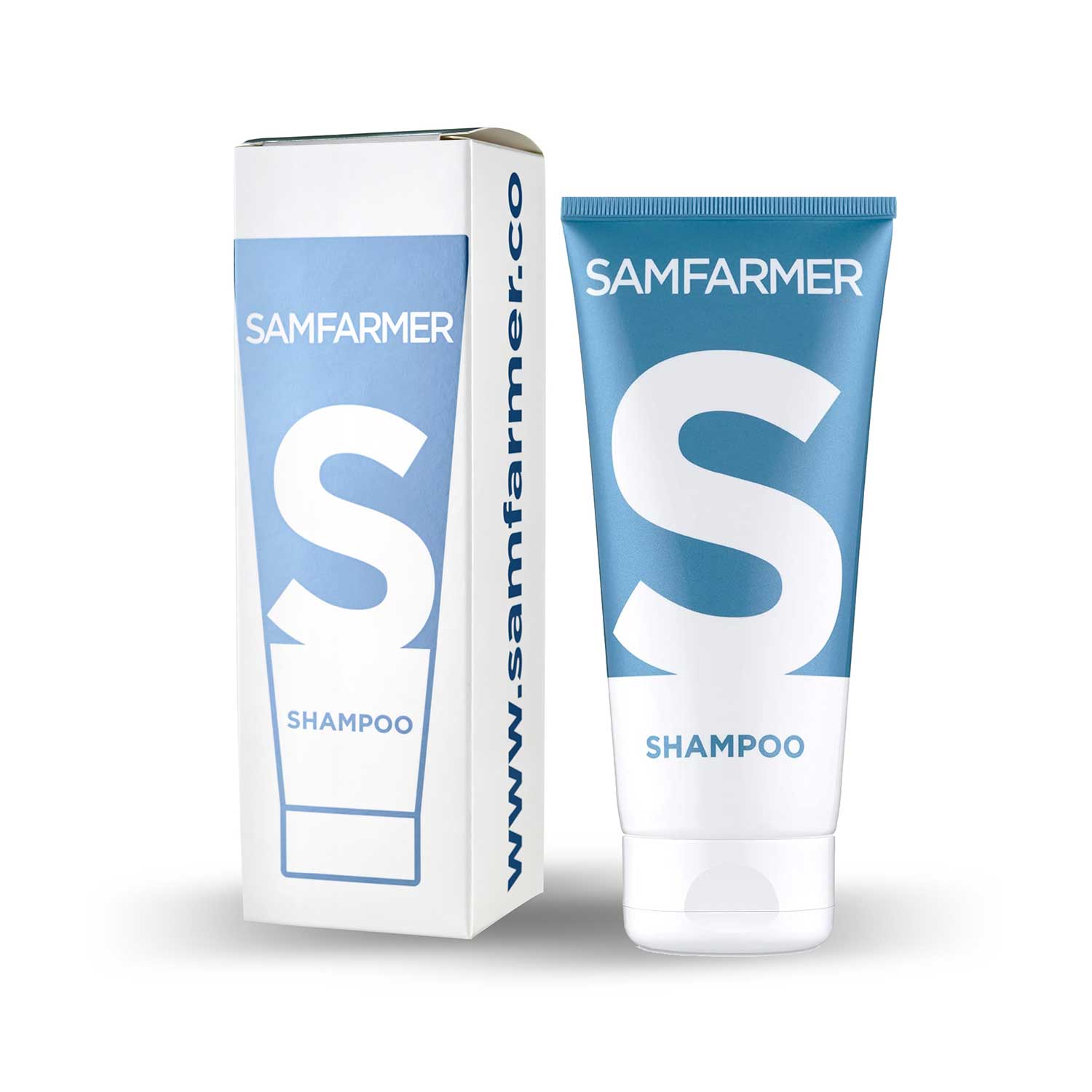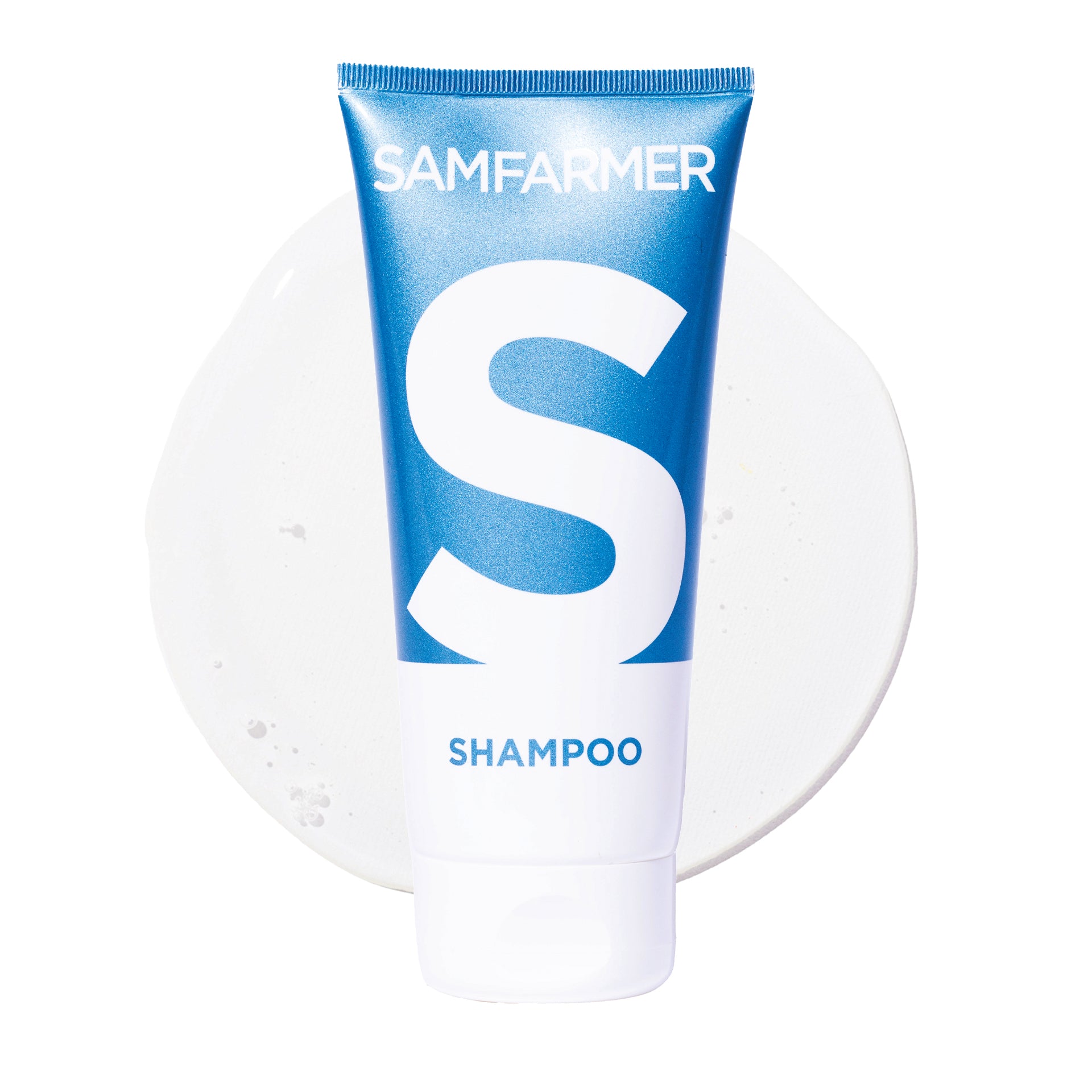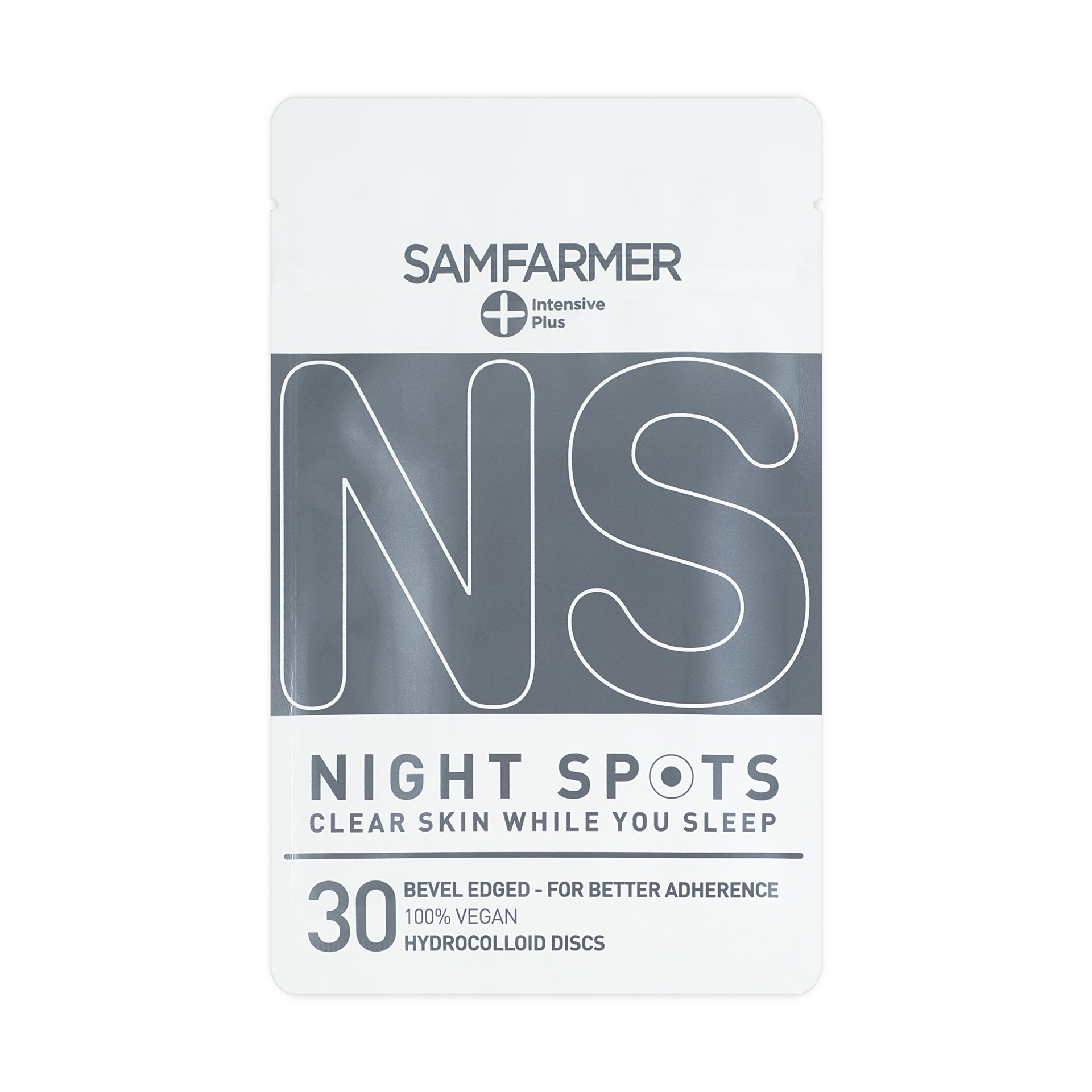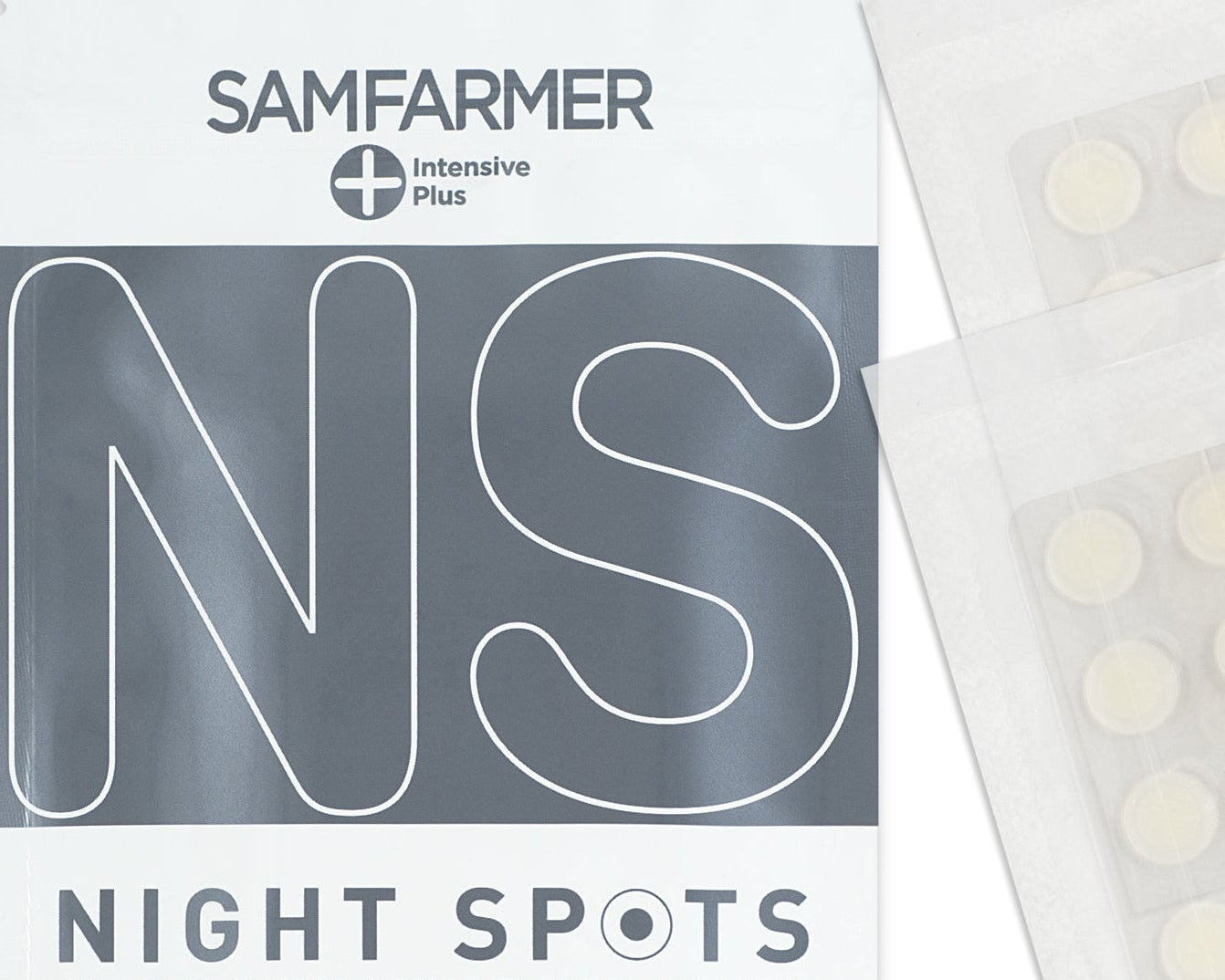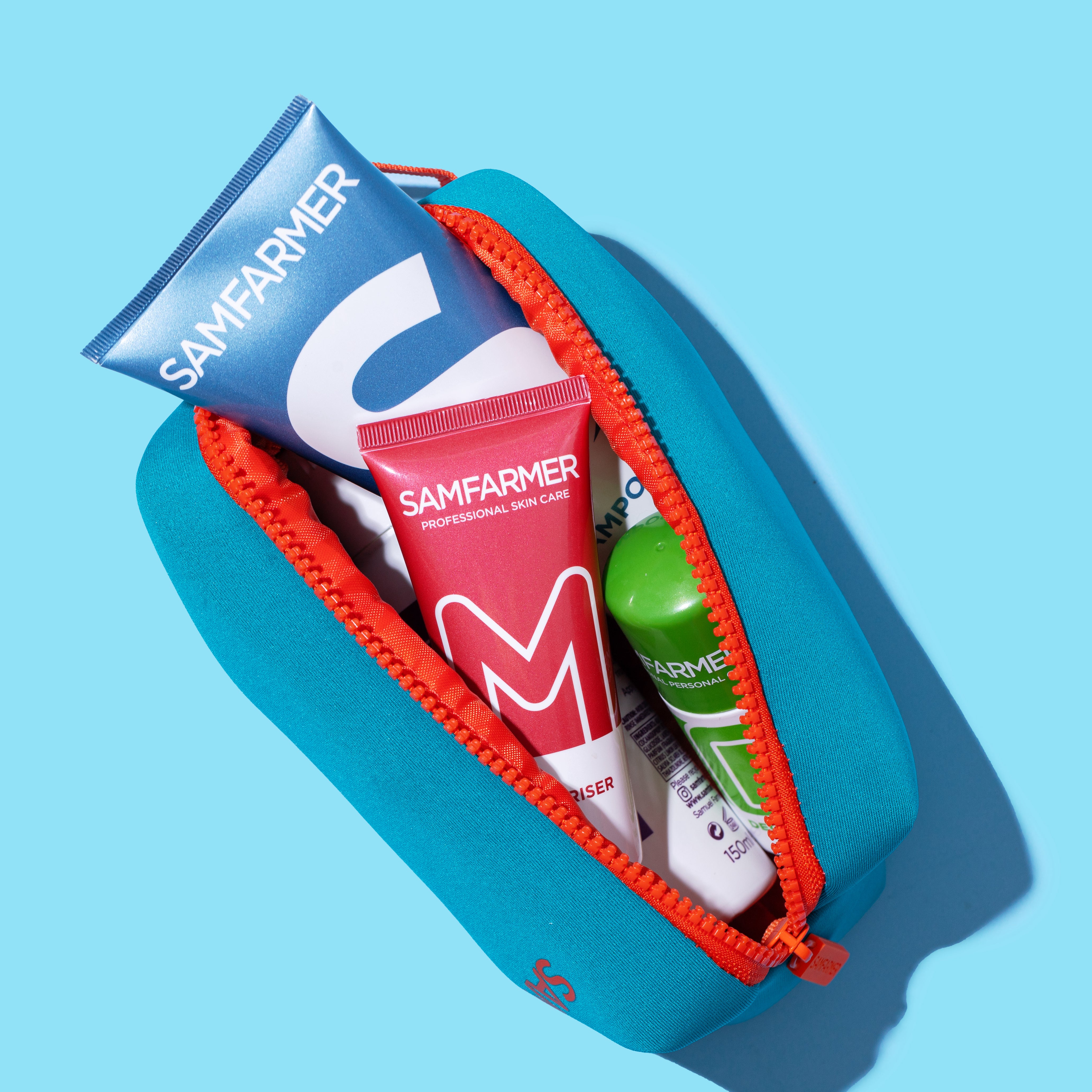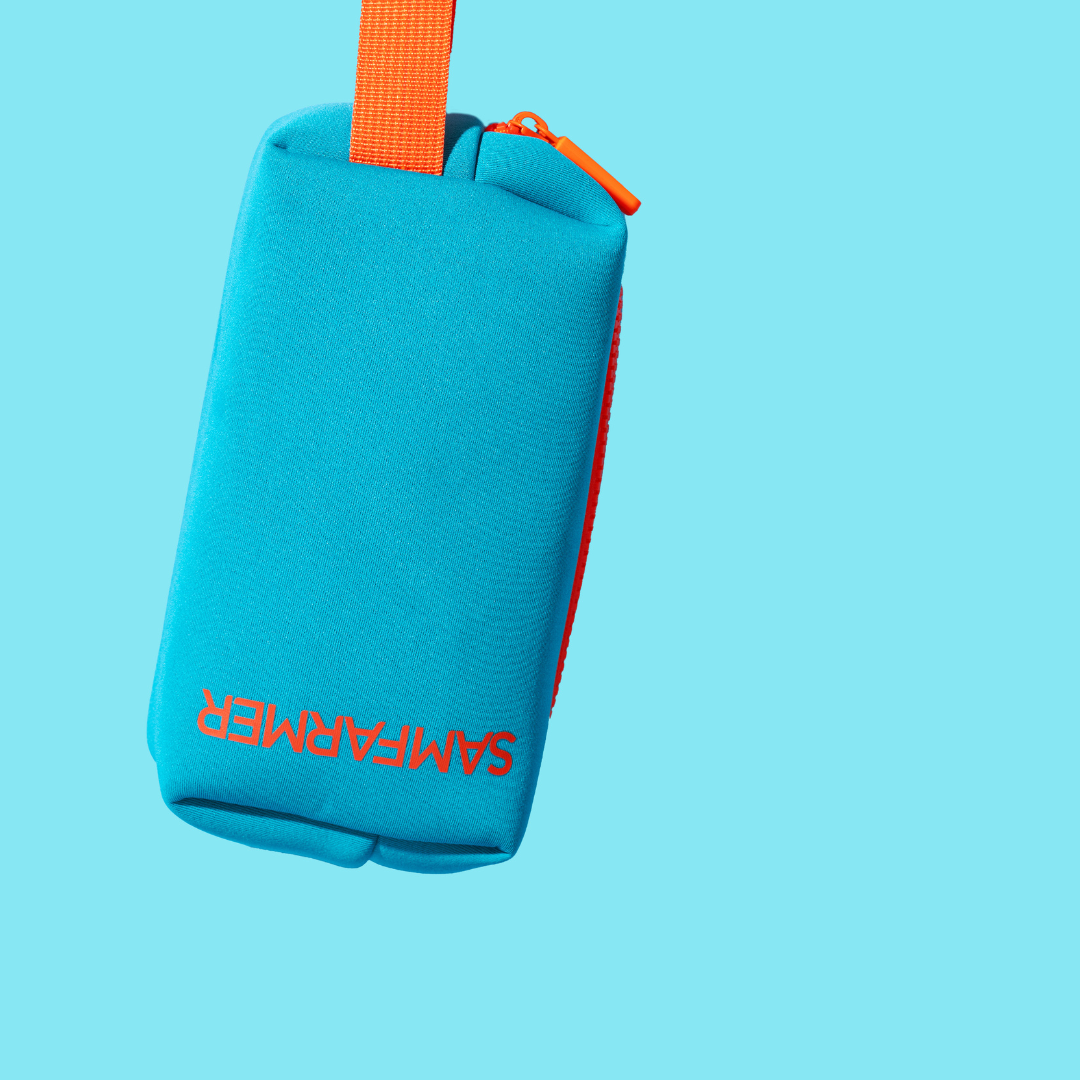I love science. It helps me make sense of the world and the industry I work in because, as Richard Dawkins put it so brilliantly, science…“it works”.
We constantly read about incredible scientific advancements in all areas of life and, more often than not, these are greeted with excitement and interest.
However, science in the cosmetics industry is treated differently. Profit can be made from the consumer’s lack of understanding using fear and misinformation, this practice is gaining momentum.
There are quite a few cosmetic ingredient 'apps' on the market claiming to demystify the INCI list on the back of products by simply scanning the barcode of the product.
I read an article promoting one app in particular - here are some excerpts and my comments
“Do you know what Quaternium-15 is? Unless you’re a scientist, probably not”
You’re probably right, just as you might not know what a Ballotté or Cramp Roll are unless you're a dancer. Just because you don’t know what something is doesn’t mean it’s bad.
Starting from a position of ignorance and instilling a sense of fear has never been an ideal stance.
This is one of the “many complicated ways cosmetic companies list…cancer causing ingredient formaldehyde”
No it isn’t. Quaternium-15 is Quaternium-15, Formaldehyde is Formaldehyde. In Chemistry, language matters. The way scientists' spell chemical names is important because it gives an indication as to what the chemical is and how it behaves, for example, it can tell us what functional group the chemical belongs to. Take the ingredient Squalane and Squalene, using an ‘a’ means something different to using an ‘e’, one is saturated the other, unsaturated.
Quarternium-15 is a formaldehyde releasing ingredient, the Formaldehyde is a by-product released in formulation and acts as a preservative in cosmetic products. Formaldehyde is also released as a by-product when you cook Cabbages and Brussel Sprouts and it also occurs naturally in the air. Formaldehyde does not build up in the body, we humans produce small amounts every day and it’s easily metabolised and excreted because the body is used to its presence, it’s part of the natural process in 'us animals'.
“Potentially harmful ingredients – Parabens, allergens and other toxic chemicals…have as many as 20 names making them difficult to spot”
Most things are ‘potentially harmful’, drink over six litres of water quickly and it can kill you. We can become sensitised to virtually anything at any time, so I’d say there were thousands and thousands of 'potential' allergens, the trick is identifying what you have a reaction to. Just as someone who has an allergy to strawberries will know to avoid them by the checking the ingredient list on products, we can do the same by checking the INCI list on the back of every cosmetic product. Cosmetic products do not use chemicals at Toxic levels, the adage 'it’s the dose that makes the Poison' is always worth repeating.
“There are no legal meanings for ‘hypoallergenic’ or ‘dermatologically tested’
I agree with you here and would add there are no definitions in cosmetics for ‘Organic, Natural, Pure Beauty, Clean Beauty, no preservatives’, these have all been dreamt up by our friends in the marketing department.
‘the app was created to identify the true contents (of cosmetic products) and help make informed decisions. We want to empower everyone to make better decisions…about skin-care products’
The true contents are listed on the INCI list, it’s a legal requirement. Empowerment comes from education, based on knowledge derived from evidence. In skin-care this evidence is from science.
The app gives an ‘’overview of potentially harmful ingredients with a green, amber and red chart’
We’ve already established that most things are potentially harmful, it’s all a question of risk and dose. The App’s chart lists various Parabens as Red for Contact Allergen and Amber for Carcinogen and Endocrine toxicant. This is a huge subject, so I’ll put it as simply as I can.
Citing Dr Dabre’s paper from 2004 as your only source for this information is at best, selective. I believe the paper has now been withdrawn and some of the most prominent and senior scientific organisations on the planet have investigated the safety of Paraben esters post 2004 and unanimously agree on their safety for use in cosmetics. Parabens as contact allergens? Possible but no less likely (based on my experience I’d say much less likely) than most of the other ingredients that do not have any warnings next to them.
Paraben esters are found in plants and fruits such as blueberries, they are part of our natural world. We have been using them in cosmetics for nearly one hundred years without an issue and they are an incredibly effective and safe preservative, preventing the spoiling of products. We have been giving liquid paracetamol products to our infant children for decades, most of which are preserved with paraben esters. If it's scientifically proven that paraben esters are safe for infant ingestion then where is the evidence it is not safe for topical application?
Report ingredients to ‘The team’
Talking of transparency, who are the team? Any cosmetic scientists? The science side of cosmetics is transparent because it has to be. A toxicologist isn’t going to sign a safety assessment without knowing exactly what’s in a formulation, where the individual components came from and at what concentrations, amongst a host of other specific information.
Finally, they hope to ‘guide brands in what ingredients…to use’
Taking complex chemical formulation decisions away from scientists seems an odd route to take. I don’t go to my solicitor for medical advice just as I wouldn’t take complex legal advice from my doctor. Why is it then, that people should listen to an app developer’s opinion on how to formulate complex chemical products? Following on from my comments the other week, we now live in a world where someone from a reality TV show, with no scientific experience, is given access and can address a government body to discuss complex scientific areas to try an influence government policy. Those who shout loudest should not hold the casting vote.
Having said all this, I think the person behind this App has good intentions and I do believe in the need for more education in Cosmetic Chemistry. The Cosmetics and personal care industry isn’t perfect, this is what has caused the mistrust and suspicion. I’d argue that this is more to do with brand owner’s marketing decisions and commercial certification bodies seizing an opportunity to profit from consumers lack of knowledge by creating misinformation, rather than scientist’s careless use of chemicals in formulation.
Thanks to social media, the scientific industry now has a direct form of contact with consumers. If you really want to discover more about specific chemicals, how they behave in formulation and obtain a scientist’s view of your products please do follow and support them.


